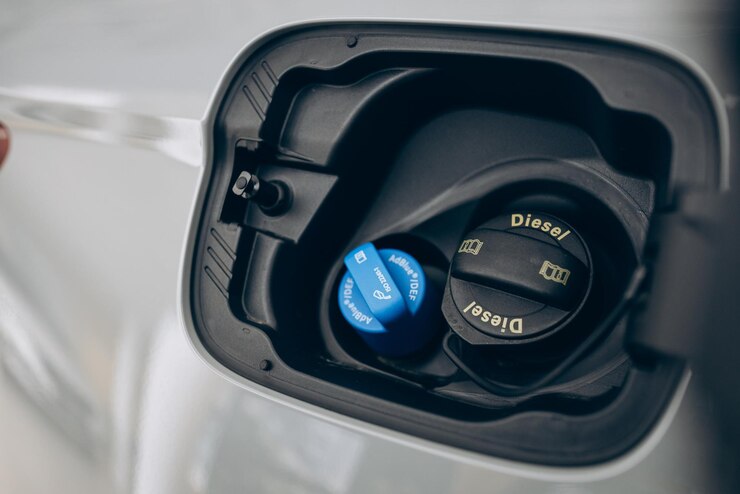Modern diesel vehicles are equipped with an AdBlue system to meet stringent emission standards. AdBlue is a solution that helps reduce harmful nitrogen oxide (NOx) emissions by converting them into harmless nitrogen and water vapor. However, like any complex system, AdBlue systems can sometimes encounter issues, triggering warning lights on the dashboard. In this article, we will explore common problems associated with AdBlue system malfunction warning lights to help drivers understand and address these issues effectively.
- Insufficient AdBlue Fluid: The most common cause of an AdBlue system malfunction warning light is low or empty AdBlue fluid. AdBlue is stored in a separate tank, and the system requires an adequate amount to function properly. If the fluid level drops below a certain threshold, the warning light will activate. To resolve this issue, refill the AdBlue tank with the appropriate solution as specified in the vehicle’s manual.
- AdBlue Quality or Contamination: AdBlue solution is a standardized product, but using poor-quality or contaminated AdBlue can lead to system malfunctions. Contaminants or impurities in the AdBlue fluid can clog the dosing system or cause incorrect chemical reactions, triggering the warning light. It is crucial to use AdBlue from reputable sources to ensure its quality and avoid potential issues. If poor AdBlue quality or contamination is suspected, it may be necessary to drain and refill the AdBlue tank with fresh, clean solution.
- Faulty AdBlue Level Sensor: The AdBlue system relies on a level sensor to monitor the fluid level in the tank. If the sensor malfunctions or becomes damaged, it can provide inaccurate readings, leading to a warning light activation. Inspecting the sensor for any physical damage, loose connections, or corrosion is essential. If a faulty sensor is identified, it may need to be replaced to restore accurate level detection.
- Malfunctioning Dosing System: The dosing system is responsible for injecting the precise amount of AdBlue into the exhaust system. If the dosing system malfunctions or becomes clogged, it can affect the proper distribution of AdBlue, triggering the warning light. Cleaning or repairing the dosing system may be necessary to address this issue. In some cases, professional assistance from a qualified technician may be required.
- Temperature Sensor Issues: AdBlue systems rely on temperature sensors to optimize the injection process based on the exhaust system’s temperature. If the temperature sensor malfunctions or provides incorrect readings, it can affect the AdBlue dosing, leading to warning light activation. Inspecting the temperature sensors for any damage or connectivity issues is important. If a faulty sensor is identified, it may need to be replaced to ensure accurate temperature readings.
- Software Glitches or Updates: Like any electronic system, AdBlue systems can experience software glitches or require updates. These issues can sometimes trigger warning lights. Performing a system reset or updating the AdBlue system software might resolve the problem. Consult the vehicle’s manual or reach out to the manufacturer or dealership for guidance on resetting or updating the AdBlue system.
It is important to address AdBlue system malfunction warning lights promptly to ensure compliance with emission standards and maintain optimal engine performance. While some issues can be resolved through basic troubleshooting steps, others may require professional diagnosis and repair. Regular maintenance, such as monitoring AdBlue fluid levels and using quality AdBlue from reliable sources, can help prevent problems and ensure the proper functioning of the AdBlue system.
AdBlue system malfunction warning lights should not be ignored. By understanding the common problems associated with these warning lights and implementing appropriate solutions, drivers can diagnose and address issues with their AdBlue systems effectively. Remember to consult the vehicle’s manual or seek assistance from a qualified technician for specific guidance on your vehicle’s make and model.











